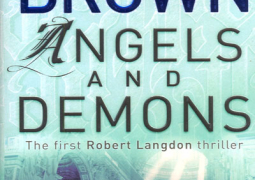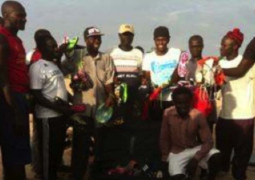The Rwandan Genocide: The Survivors Speak
This is a mind-boggling book. It tells the story of the Rwandan Genocide from the point of view of its survivors and there are fourteen of them in all. Each of them is representative of society: student, farmer, teacher, cowherd, shopkeeper, mason's mate, and social worker.
Each chapter opens with an exposition of the story in that chapter. Then the survivor tells the story in his or her own words. Cassius Niyonsoba, a 12-year-old schoolboy, sets the poignant tone of the book, as he recalls how the genocide that claimed his family began. "But I can relive in all transparency the massacres at the church and the ferocity of the interahamwe. We call Hutu killers interahamwe. We got used to crossing their paths on the road. They hurled noisy threats at us. We could hear what they were saying, we said to ourselves that things were going badly, but reasonably we did not believe it. Later, after the plane accident, the neighbouring Hutus on my hill came every day to kill people where they lived, not even waiting for an everyday squabble or row. People then understood that things were serious, and they slipped away to the forest and the church." (Page 4).
Then the narrative picks up with pathos as Jeanette Ayinkamiye remembers how her mother was hacked to death. "It was habit with us to hide in small groups. One day, the interahamwe sprang Maman from beneath the papyrus. She stood up and offered them money if they would kill her with a single machete blow. They undressed her so as to take the money fastened to her cloth. They first chopped her two arms, and next her two legs. Maman murmured, 'Saint Cecile, Saint Cecile', but she did not beg for mercy.The first evening, she could still speak. She said to me 'Jeanette, I leave without hope because I think you will soon be following me'. She was suffering very much because of the cuts, but she kept repeating to us that we were all going to die and that this filled her with even more grief." (Pages 12-13).
Later in the narrative, she describes the genocide to storm in a teacup, likening it to what happened between Cain and Abel. "The story of the Hutus and the Tutsis is like that of Cain and Abel, brothers who fall out over nothing at all. But I do not believe that the Tutsi people are like the Jewish people, even though both of them have been caught by genocide. The Tutsis were never a people chosen to hear the voice of God, like the Hebrew people in pagan times. They are not a people punished for the death of Jesus Christ. The Tutsis are simply a people from the hills, unlucky because of their noble appearance." (Page 17).
The story proceeds at two stylistic levels. In providing background information, the author explains and describes events. But for the survivors, they speak in such a conversational tone that the reader has a sense of having a conversation with them in a room. And here lies the success of the book because you are immediately drawn into the narrative to share the pathetic accounts of the Rwandan Genocide, as told by some of its survivors.
The book is highly recommended by The Point newspaper for anybody who is interested in contemporary African affairs.
You can pick up a copy at Timbooktoo Bookshop.



